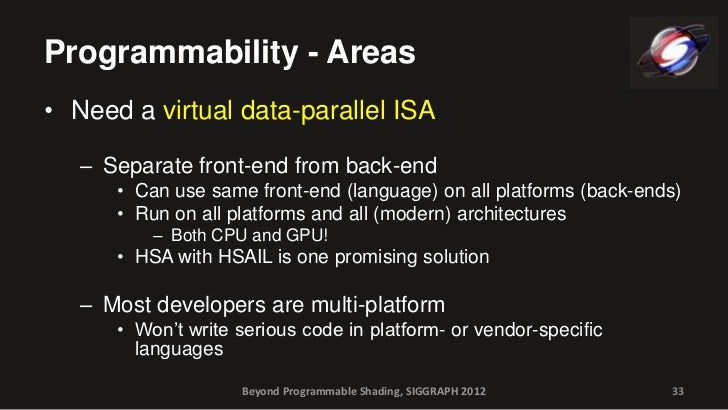One big difference with now vs the early/mid 90's is that there are only 2 major IHV's that really need any support by game and middleware developers. Lots more IHV's back then, heck even VIA was a serious player.im worried will end up back in the same mess we where in in the 90s
with one good render path and the rest total shit
IF they even bother to put a DX path in the game
The other big one is that most developers don't write their games from the ground up anymore. They use 3rd party engines for the game itself, physics, audio, even stuff like trees.
These 3rd party middleware developers will do most if not all the work to support Mantle and TrueAudio. Both for the consoles and the PC. It may very well end up being that for consoles the default API they target is Mantle and then they'll port as necessary to DX11.x for general PC use...but still include the Mantle renderer a la BF4 as well for AMD GPU's.
edit:\/\/\/\/\/\/
nV doesn't have their hardware in all of the consoles though. Or any of them for that matter. They have something like 60% of the PC add in GPU market which is no where near enough to push their own API. AMD has nearly all of the rest of the 40% of the PC add in GPU market + all the consoles.
![[H]ard|Forum](/styles/hardforum/xenforo/logo_dark.png)
